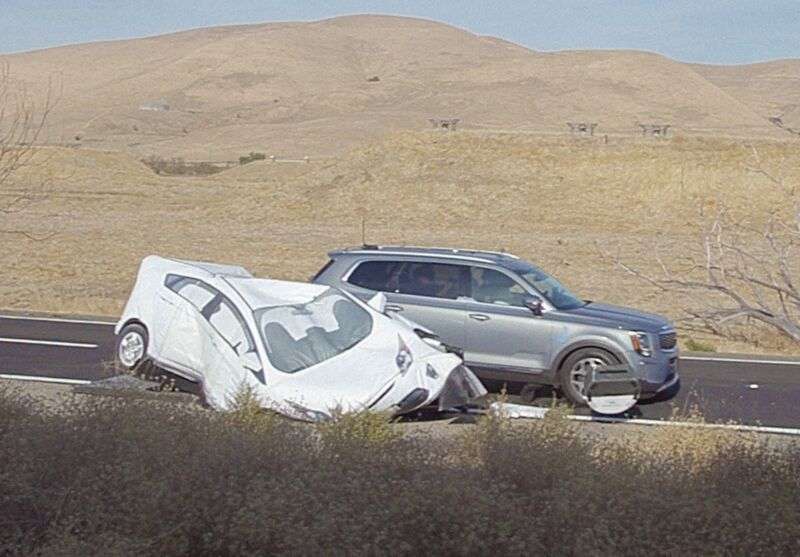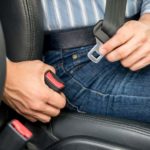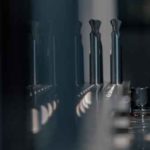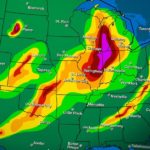
New cars can stay in their lane—but might not stop for parked cars
Drivers complain of need for “constant monitoring and intervention.” …

reader comments
174 with 125 posters participating, including story author
In recent years, a number of car companies have—like Tesla—begun offering driver assistance systems that offer lane-keeping as well as adaptive cruise control. This might seem like a big step toward a “self-driving car,” since a system like this can travel down the freeway for miles without human intervention. But a new report from AAA underscores the limitations of these systems.
Its most dramatic finding: the advanced driver-assistance systems (ADAS) on the latest cars still struggle to avoid collisions with parked vehicles. They tested cars from BMW, Kia, and Subaru; none consistently avoided running into a fake car partially blocking the travel lane.
The researchers also examined the ADAS in the Cadillac CT6 and the Ford Edge, but these cars’ systems weren’t included in the parked-vehicle test because their driver assistance systems wouldn’t engage on AAA’s closed course. They were included in other tests conducted on public highways.
“All test drivers reached a general consensus that combining adaptive cruise and lane-keeping functionalities in a single system did not consistently enhance the driving experience,” the report said. The vehicles made mistakes often enough that drivers often found the experience nerve-wracking rather than relaxing.
Greg Brannon, a co-author of the AAA report, argues that a fundamental challenge with this kind of system is the need to maintain alertness. Human beings are terrible at paying continued attention behind the wheel of
Continue reading – Article source




